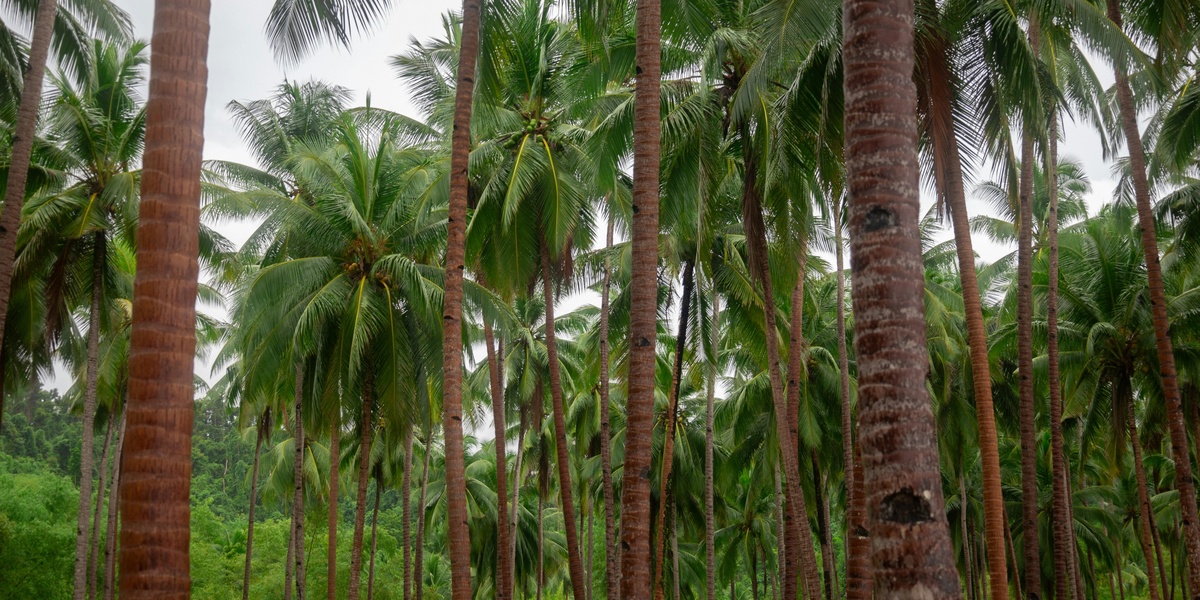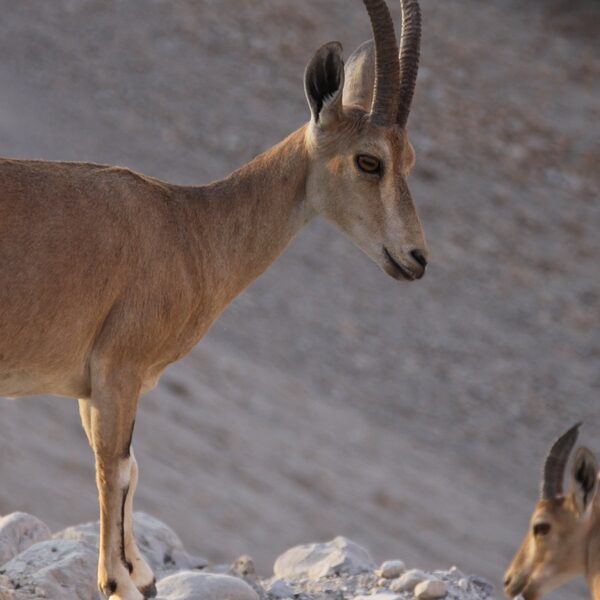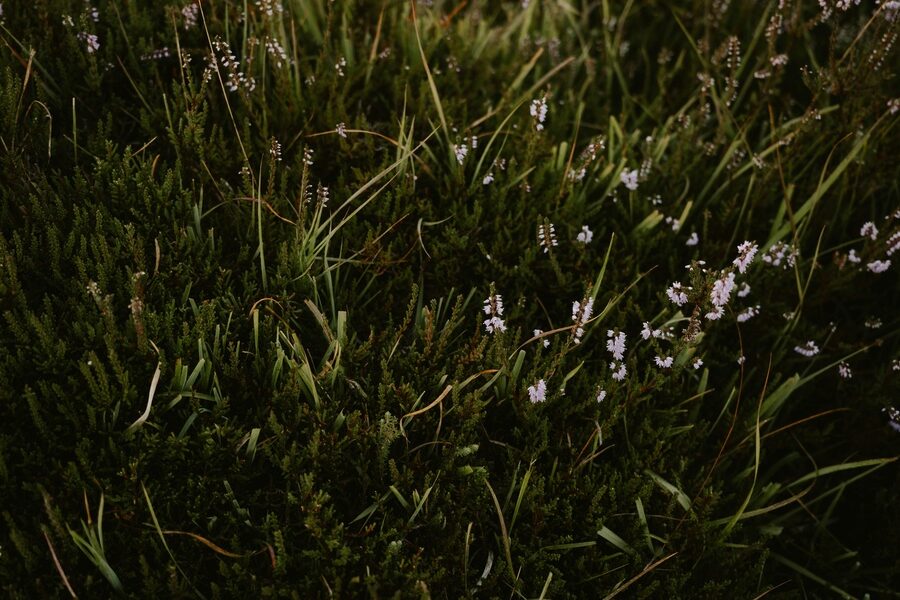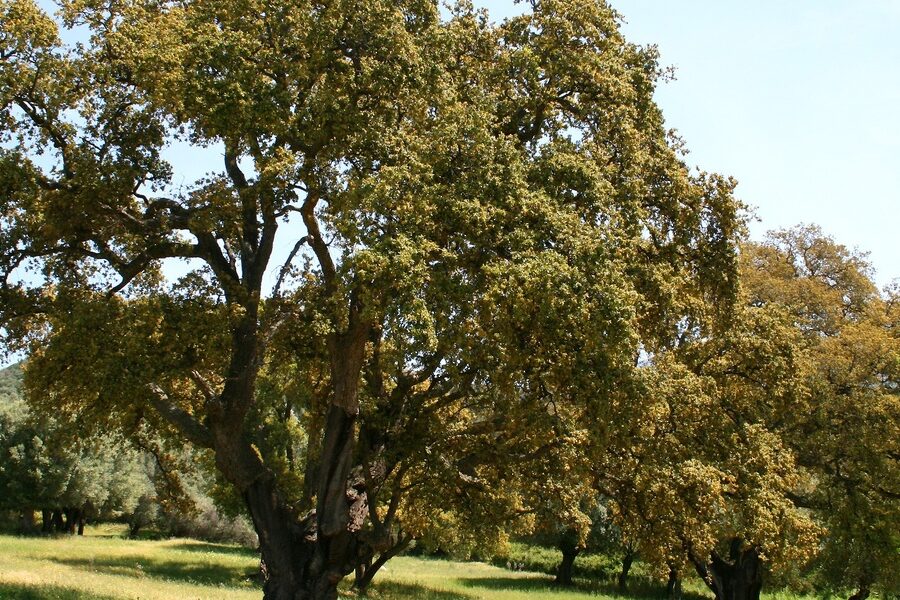A 19th-century botanical expedition to the Philippines returned with dozens of species new to science, and newspapers in Europe ran sketches of unfamiliar trees, orchids, and enormous parasitic blooms. That surge of discovery didn’t just fill herbarium cabinets; it helped set the stage for how scientists and Filipinos value the islands’ plant life today.
So why should readers care about the flora of the Philippines? Because these plants are the threads that tie culture, livelihoods, and ecosystems together: they scent festivals, stabilize shorelines, provide staple income for rural households, and host wildlife found nowhere else on Earth. Many of the species below are unmistakable national symbols, others are everyday garden plants with surprising nutritional or commercial importance, and several are under real threat from land-use change.
Below are twelve emblematic species and groups, grouped into three categories—iconic/endemic, medicinal & cultural, and economic & coastal—that illustrate why the country’s vegetation matters. Verify numeric claims with authoritative sources such as the DENR, the Philippine Statistics Authority, the IUCN Red List, or the Food and Agriculture Organization when you need precise figures.
Iconic and Endemic Trees and Flowers

“Endemic” means a species occurs naturally only within a particular place; in the Philippines that often means a single island or mountain range. Endemic and iconic plants play outsized roles in national identity and ecosystem function: they form canopy trees, provide nectar for specialized pollinators, and appear in ceremonies and art. Because many are restricted to small areas, they’re sensitive to deforestation, development, and collection for the horticultural trade.
Conservation status varies by species, but authoritative listings—such as entries on the IUCN Red List or national assessments—are essential for understanding risk. Cultural uses from garlands to government emblems help keep some species visible to the public, yet visibility alone doesn’t guarantee protection; many island endemics need targeted habitat safeguards.
1. Narra (Pterocarpus indicus) — national timber tree
Narra is the Philippines’ national tree and a characteristic canopy species of lowland forests, often reaching 20–30 meters at maturity. Its dense, attractive hardwood has long been prized for furniture, flooring, and traditional boatbuilding.
That value has created pressure: overharvesting and conversion of lowland forest to agriculture have reduced mature stands in many areas. The tree appears in conservation listings and restoration programs; consult the IUCN Red List or DENR publications for current status and legal protections.
Beyond timber, Narra carries cultural weight—government buildings, heritage furniture-makers, and craft cooperatives often feature narra wood—while urban-tree planting and reforestation initiatives include it as a native species for canopy restoration.
2. Sampaguita (Jasminum sambac) — national flower and cultural icon
Sampaguita, with small white, intensely fragrant blossoms, is the national flower and a constant presence in Filipino life. Its blossoms are woven into garlands for weddings, funerals, and church offerings, and vendors sell strings of fresh sampaguita in urban markets each morning.
The fragrance chemistry—rich in volatile aroma compounds—makes sampaguita useful beyond ceremony: perfumers and local scent artisans process blossoms for oils and sachets. It’s commonly grown in home gardens and smallholder plots, supplying both ceremonial demand and small-scale livelihoods.
You’ll see sampaguita at festivals and in tourism imagery across the islands; for many families the daily sale of garlands or seasonal supply for fiestas is a steady micro-enterprise tied to long-standing cultural use.
3. Waling-waling (Vanda sanderiana) — the Philippines’ prized orchid
Waling-waling is an iconic Philippine orchid highly valued by collectors for its large, showy flowers and endemic status in montane forest pockets. It grows on mossy branches and limestone outcrops at mid-to-high elevations.
Because wild populations are small and habitat-specific, the species figures prominently in horticultural contests, ex-situ propagation, and orchid conservation programs. Local flower shows and botanical gardens showcase propagated waling-waling as part of regional tourism and conservation education.
Conservation efforts include controlled breeding in botanical institutions and community-based stewardship where collectors and conservationists work to keep wild populations intact while meeting horticultural demand through propagation.
4. Rafflesia species — giant parasitic blooms that draw attention
Rafflesia comprises some of the world’s largest single flowers, and several species occur in Philippine forests. These plants are obligate parasites of Tetrastigma vines, with much of their life cycle hidden within host tissue; only the brief flowering stage is visible.
Some Philippine Rafflesia species have been scientifically described in recent decades (for example, taxa named in the 21st century), which underlines how much remains to learn about island endemics. Because blooms are infrequent and habitat fragmentation reduces host availability, several Rafflesia taxa are of conservation concern.
Rafflesia flowers attract eco-tourists and researchers alike; guided treks to see a bloom can support local incomes but also require strict visitor management to avoid trampling sensitive habitat.
Medicinal, Cultural, and Aromatic Plants

Many Philippine households rely on both native and introduced plants for medicine, nutrition, and artisanal products. Traditional knowledge and modern research overlap: some remedies have promising laboratory evidence while others lack rigorous clinical validation.
When medicinal claims are discussed, cite peer-reviewed studies or government resources. Ethnobotanical knowledge supports food security and local industries, and aromatic crops link smallholders to global fragrance and essential-oil markets.
5. Ylang-ylang (Cananga odorata) — perfume crops and essential oils
Ylang-ylang trees produce highly fragrant flowers harvested early in the morning and processed by steam distillation to yield essential oil used in perfumery and aromatherapy. Distillation can take place in cottage-scale stills or larger cooperatives.
The local value chain—from harvesters who pick delicate blossoms to distillers and exporters—provides income for rural growers. FAO and trade reports document the role of aromatic oils in niche export markets; check FAO or national agriculture data for up-to-date production figures.
Examples include village cooperatives that run small stills and supply bulk oil to regional perfume houses, and artisanal producers who bottle ylang-ylang blends for tourism markets.
6. Banaba (Lagerstroemia speciosa) — traditional medicine and modern studies
Banaba is widely used in folk medicine for blood-sugar management; its leaf extracts contain corosolic acid and other compounds that have attracted scientific interest. Several laboratory and small clinical studies have examined hypoglycemic effects, though results vary.
For evidence summaries, consult peer-reviewed sources such as journal articles indexed on PubMed or ethnopharmacology reviews. Commercial herbal products and local teas often feature banaba, and small supplement makers in the Philippines incorporate standardized extracts for the domestic market.
Consumers should prefer products with transparent sourcing and standardized assays, and public-health programs should refer to clinical literature before promoting therapeutic use at scale.
7. Malunggay (Moringa oleifera) — nutrient-dense tree used across households
Malunggay is fast-growing and easy to cultivate in backyard plots, and its leaves are unusually rich in vitamin A precursors, protein, and iron for a leafy vegetable. That nutrient profile has made it a preferred plant in community nutrition programs.
Organizations and some school-feeding initiatives use malunggay leaf powder to boost micronutrient intake; WHO and development NGOs have documented community projects that leverage malunggay for food security. Value-added products—dried powders, teas, and supplements—also provide income opportunities.
Practical examples include local companies selling malunggay powder and school gardens that grow the tree for regular meal supplementation.
8. Nipa palm (Nypa fruticans) — coastal livelihoods and traditional products
Nipa palms grow in mangrove fringes and provide thatch for roofs, material for handicrafts, and a sap tapped to produce sweet syrup (nipa sugar) or fermented beverages (tuba). Sap collection involves tapping unopened inflorescences and boiling to concentrate sugars.
For many coastal households, nipa products supplement fishing or farming incomes. Nipa-thatched houses remain common in some barangays, and artisanal producers sell nipa sugar and vinegar at local markets or to specialty food shops.
Sustainable harvest practices and community management can maintain nipa stands while providing ongoing livelihoods and shoreline stability.
Economic, Coastal, and Forest-Product Species

These species operate at scale: they underpin rural livelihoods, protect shorelines, and supply export markets. The dual nature—economic commodity and ecological asset—means management choices affect both household incomes and long-term ecosystem services like carbon storage and fisheries support.
Authoritative data from the PSA, FAO, and DENR inform policy on land use, reforestation, and blue carbon projects. Across the islands, these plants help determine resilience to storms, market shifts, and biodiversity loss.
9. Coconut (Cocos nucifera) — a pillar of rural economies
Coconut is a cornerstone crop in the Philippines. Large areas of farmland are planted to coconut palms, and millions of smallholder households depend on coconut-derived products—copra, coconut oil, desiccated coconut, and increasingly virgin coconut oil and coconut water—for cash income.
Recent national statistics from the PSA and FAO place the Philippines among the world’s top producers, with millions of hectares in coconut and several regions where the crop is the mainstay of rural livelihoods.
Examples include regional cooperatives producing virgin coconut oil for export and small processors turning coconuts into value-added goods that reach international specialty-food markets.
10. Mangroves (Rhizophora, Avicennia spp.) — coastal protectors and carbon reservoirs
Mangrove forests fringe thousands of kilometers of Philippine coastline, buffering storm surge, stabilizing sediments, and serving as nurseries for fish and crustaceans. They also store substantial carbon both aboveground and in rich, muddy soils—what scientists call “blue carbon.”
Estimates of mangrove area have changed with reassessments—DENR and FAO offer recent maps and figures—but the key point is that gains from community replanting and legal protection can restore lost coverage and fishery value. Blue carbon initiatives are emerging as potential revenue streams for coastal communities.
Concrete examples include community-managed mangrove replanting projects, Ramsar-listed wetlands, and local conservation groups that combine restoration with livelihood programs such as crab fattening and sustainable aquaculture.
11. Abaca (Musa textilis) — Manila hemp and a specialty export
Abaca fiber is prized for its tensile strength and saltwater resistance, which makes it ideal for ropes, specialty papers (including tea-bag and currency-grade papers), and high-performance cordage. The Philippines supplies a large share of global abaca fiber, supporting focused production regions such as Bicol and parts of Mindanao.
Smallholder farmers and cooperatives cultivate abaca in mixed agroforestry systems, and fibers are processed by local mills before export. Niche industrial uses—such as specialty papers and eco-friendly composites—help sustain demand for quality Philippine abaca.
Examples include regional cooperatives in Bicol that aggregate fiber for international buyers and partnerships that promote traceability and fair prices for growers.
12. Dipterocarps (Shorea spp.) — foundation species of lowland forests
Dipterocarps form the canopy in many lowland rainforests and drive ecological rhythms such as mast fruiting events that in turn influence wildlife populations. They’re also valuable timber species, which has made them a focal point of logging pressure and land conversion.
Protecting remaining dipterocarp forests is critical for biodiversity, watershed protection, and climate mitigation. Where possible, sustainable forestry initiatives and community-based management provide alternatives to clear-felling, while protected lowland reserves conserve intact stands and associated wildlife.
Notable approaches include community forestry agreements that combine selective harvesting with regeneration targets and designation of protected lowland areas to preserve species-rich dipterocarp habitats.
Summary
- The Philippines’ plants are culturally visible and economically essential—from sampaguita garlands and narra furniture to coconuts, abaca, and ylang-ylang essential oils—linking traditions with livelihoods.
- Endemic and specialized species (waling-waling orchids, Rafflesia, dipterocarps) show how island flora supports unique ecosystems but also how sensitive these systems are to habitat loss and overharvest.
- Coastal and productive species (mangroves, nipa, coconut, abaca) provide ecosystem services—shoreline protection, nursery habitat, and export earnings—and are targets for restoration and sustainable value chains.
- There are practical actions readers can take: support community mangrove and botanical-garden projects, choose sustainably sourced timber and fibers, and back verified conservation organizations that work with local people.





